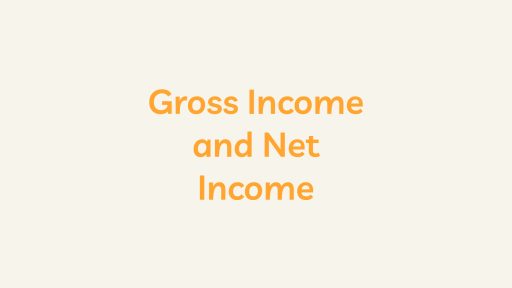Introduction
This article provides an overview of the concept of Disability Leave and its growing significance in today’s workplace. Discuss the evolving nature of disability rights and how the recognition of these rights has influenced the development of legislation surrounding leave.
Disability Leave Legislative Framework
Overview
Examine the major federal and state laws that govern Disability Leave, such as the Americans with Disabilities Act (ADA), the Family and Medical Leave Act (FMLA), and any relevant state-specific regulations. Explain how these laws collectively form the legal foundation for protecting the rights of employees with disabilities.
Rights and Protections
Delve into the specific rights and protections that leave laws provide to employees. This could include protection against discrimination, the right to request reasonable accommodations, and the assurance of equal employment opportunities.
Types of Disability Leave
Short-Term Leave
Define short-term leave and its purpose. Explore the typical duration of short-term leave, eligibility criteria, and the types of medical conditions or situations that may qualify. Provide examples of scenarios where employees might need short-term leave.
Long-Term Leave
Distinguish long-term leave from its short-term counterpart. Explain the conditions that may warrant long-term leave, the extended duration involved, and the potential benefits available to employees during this period. Offer insights into the complexities of managing a more extended absence from work.
Disability Leave Application Process
Requesting
Guide readers through the process employees must follow when requesting leave. Discuss the importance of clear communication with employers, the documentation required to support the leave request, and any specific forms or procedures that employees need to follow.
Employer Responsibilities
Detail the responsibilities employers have in handling disability leave requests. This may include addressing reasonable accommodations, maintaining open lines of communication with the employee, and ensuring compliance with legal requirements to protect the employee’s rights.
Benefits and Compensation
Paid vs. Unpaid
Explain the key differences between paid and unpaid disability leave. Discuss how these variations impact employees financially during their absence from work and how organizations may structure compensation during leave.
Disability Insurance
Explore the role of disability insurance in providing financial support to employees on disability leave. Discuss the types of disability insurance available, the process of filing claims, and how disability insurance contributes to income replacement during the leave period.
Return to Work
Transitioning Back to Work
Detail the process of returning to work after a period of leave. Discuss any transitional support or accommodations that may be necessary for a smooth reintegration into the workplace. Include tips for both employees and employers to facilitate a successful return.
Avoiding Discrimination
Emphasize the importance of preventing discrimination against employees returning from leave. Discuss strategies employers can employ to create an inclusive work environment, fostering a culture that supports and respects the diverse needs of their workforce.
Case Studies and Examples
Include real-world case studies or examples that highlight successful instances of leave management. Showcase situations where both employees and employers navigated the process effectively, demonstrating positive outcomes and lessons learned.
Conclusion
Summarize the key takeaways from the article, reinforcing the importance of a comprehensive approach to disability leave. Emphasize the need for a workplace culture that prioritizes the well-being of employees with disabilities, ensuring that they can fully participate and thrive in the professional environment.





